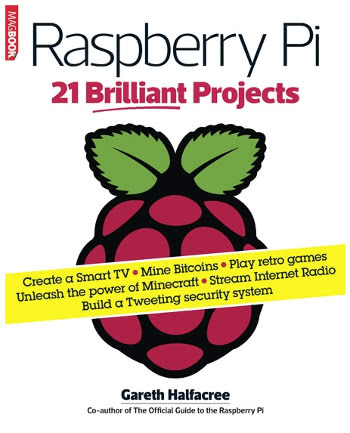
First, Rick. Best known for having been Sinclair Radionics’ – later Research, still later Computers – in-house industrial designer, Rick is the man responsible for the iconic look of the ZX80, ZX81, Sinclair Spectrum, and Sinclair QL, among other devices. While blame for their keyboards lies further up the chain, Rick did the best with his instructions to the point where his designs are still immediately recognisable today. Sadly, Rick had been in ill health of late, and recently passed; my article in this month’s magazine serves as a ode to his memory.
TheC64 Mini, then, feels like a bit of an insult, being as it is the modern incarnation of a device from US Sinclair rival Commodore. Created by Retro Games Limited – not to be confused with Retro Computers Limited, creators of the two-years-late-and-counting ZX Vega+ handheld console, but rather a separate company formed by a split between RCL’s directors present and former – TheC64 Mini appears, at first glance, to be a breadbin-style Commodore 64 that’s been shrunk in the wash.
While deserving plaudits for actually existing, unlike the ZX Vega+, TheC64 Mini isn’t exactly a stellar success: inside its casing, which is dominated by a completely fake keyboard, is a tiny Arm-based single-board computer running Linux and a hacked-around version of the Vice emulator. Its emulation suffers from input lag, something RGL originally attempted to blame on people’s TVs before releasing an update which reduced the problem without completely fixing it, and the bundled Competition Pro-style joystick compounds the problem by being absolutely awful to use courtesy of a rubber membrane design that should have been left on the drawing board.
Finally, the cluster computing tutorial walks the reader through creating a multi-node cluster – of Raspberry Pis, in this instance, though the tutorial is equally applicable to anything that’ll run SSH and GNU Parallel – and pushing otherwise-serial workloads to it in order to vastly accelerate their performance. In the sample workload, which passes multiple images through Google’s Guetzli processor, run-time went from 1,755 seconds in single-threaded serial mode to 125 seconds running on the eight-node cluster – housed in a Ground Electronics Circumference C25 chassis, because if you’re going to do something you should do it in style.
All this, and the usual selection of other interesting articles, can be found in your nearest newsagent, supermarket, or electronically via Zinio and similar digital distribution platforms.

